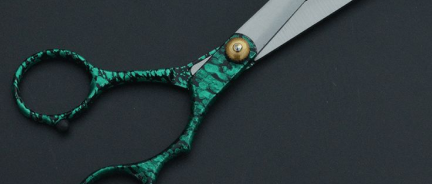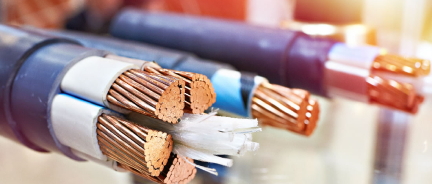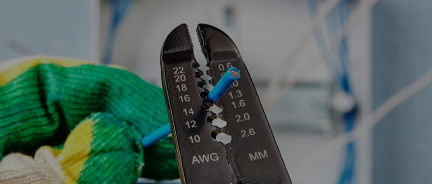Can You Use Speaker Wire For A Thermostat and Vice Versa?

Can You Use Speaker Wire In A Thermostat? Can You Use A Thermostat Wire In Your Speakers? These two questions are very common, and the short answer is yes to both. Stay on this page to find out more about it.
Both Thermostat Wire And Speaker Wire Are CL2 Cables
A CL2 cable is reflected in article 725 of the National Electric Code. This means that they are low-voltage fire-resistant cables suitable for in-wall installations. The thermostat and speaker wires fall into this category, along with alarm and intercom cables. CL2 cables can also be rated for riser and plenum.
If you wish to use your speaker wire for a thermostat or vice versa, make sure that the cable that will act as the replacement has a CL2 rating. For in-wall applications, your wire has to be also ranked as plenum.
Is Speaker Wire Much Different From The Regular Electrical Cables?
While some might say that the speaker wire might be too different from conventional copper cables to be used in non-speaker applications, this is not true. At the heart of the speaker cable is the standard copper wire. Some difference worth noting is that the speaker wire has clear insulation that is not color-coded in different colors. Speaker wire is appropriate for many low-voltage electrical applications beyond the speakers.
Can Speaker Wire Be Used In A Thermostat?
The speaker wire and thermostat wire are CL2 cables, so the speaker wire can be used in a thermostat as long as it is in an appropriate size of 18 AWG.
Can Thermostat Wire Be Used In Speakers?
Likewise, a thermostat wire can also be used in speakers. Using a thermostat wire in a speaker does not compromise the quality of stereo speakers. A thermostat wire is not known to cause any damage to the amplifiers and the speakers due to the voltage drop. If the thermostat wire is not 100 percent fit for the speaker, the signal might be weak, but safety and the overall quality of the sound will not be compromised.
Can You Use Thermostat Wire In Ceiling Speakers?
The 18 AWG thermostat wire is appropriate for speakers, but some speakers need larger wires. If this is the case, a voltage drop is possible. For instance, while you may use thermostat wire in ceiling speakers, this type of speaker might call for a larger wire.
Why Would You Use Thermostat Wire In Speakers?
High-quality speaker wire might be expensive and it might be difficult to find the ideal balance between the quality and the price, so a much cheaper thermostat wire is a great alternative for many. Like many of the best speaker wires, a thermostat wire has a copper conductor. They are of higher quality than some speaker wires with aluminum conductors that are still more expensive than thermostat wire.
Using speaker wires for thermostats makes sense as long as you have speaker wires at hand. Other than that, it might be quite expensive in the context of your electrical project.
Conclusion
Unlike many cable replacements, putting speaker wire in a thermostat and using thermostat wire in a speaker works both ways. Just follow several easy tips.
- Ensure that the wire you place in a thermostat has a CL2 (CL2P) Rating.
- Label speaker wire placed in a thermostat to Avoid Color-Coding Issues
- Use 18 AWG speaker wires in a thermostat
- Use thermostat wire in speakers only when 18 AWG size is appropriate


















